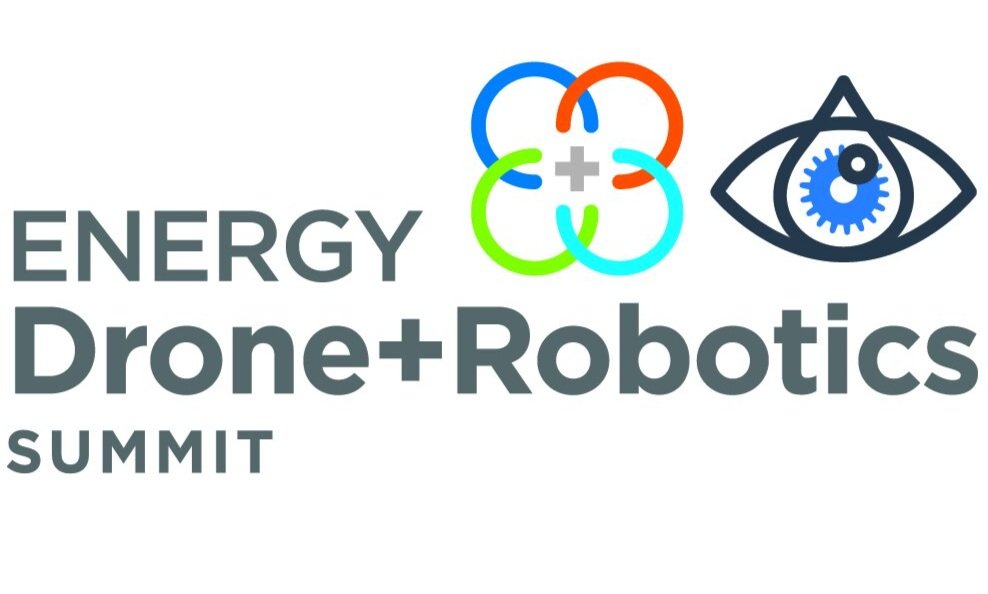Co-located with:
Developed by:
Course Overview
Utilization of sophisticated robots to inspect tank bottoms with fluid inventory levels in place is now a game changer. Some operators and asset owners are using robotic inspection methods to eliminate or defer internal tank inspections of crude oil, diesel, or other hazardous fluid storage tanks.
The two-day course guides participants from conventional inspection methods through an in-depth exploration of in-service robotic tank inspections. Attendees will gain a solid understanding of benefits, risks and challenges, risk mitigation tools, and key project and program management requirements for in-service robotic tank inspection projects.
Business value, emissions reduction & reduced risk
Tank bottom inspection generally involves Confined Space Entry (CSE) inside out-of-service tanks.
CSE, which includes de-inventorying, fluid transfer, cleaning, hazardous waste disposal, and many other hazardous activities, is a high-cost endeavor. The direct associated activities can range in cost from $500K to over $1 million for large storage tanks. Revenue losses for some operators from unavailable tanks in critical production service can be multiples of this amount.
Case studies have demonstrated that internal in-service robotic tank inspection can:
Eliminate the HSE risks and hazardous activities associated Confined Space Entry (CSE)
Reduce overall emissions
Avoid significant revenue losses caused by taking production critical tanks out of service
Lower overall costs versus the conventional inspection approach
Some asset owners have realized net operating cost and revenue benefits of greater than $ 1.0 to 1.5 million for a given tank.
Who should attend?
Integrity engineers, asset managers, inspection personnel, Turn-Around (TAR) coordinators, maintenance, and operations staff who are involved with the operation, maintenance, inspection, and repair of tanks.
Our Instructors
George Williamson, VP - Integrity, Risk Management, IERP
35+ years of integrity management experience as a major asset owner at ARCO and bp including in-service robotic tank deployments. George’s roles included being the Segment Engineering Technical Authority for Inspection at bp. George has a B.S. Metallurgical Engineering, M.S. Management & Administrative Sciences and completed a Post Graduate Engineering Management program at the University of Manchester in England. He is a registered P.E. and NACE Certified Corrosion Specialist.
Steven Trevino, Robotics Engineer & Project Lead, Shell
Subject matter expert on the deployment of robotic integrity solutions, including multiple robotic deployments as a service provider on various tank designs. Steven’s experience includes roles with major inspection companies and specialized robotic service providers. He has a B.S Mechanical and a B.S. Petroleum Engineering from Texas A&M University.
Course Outline
DAY 1
• HSE hotel, Welcome, Introductions, and Class Expectations
• Let’s Take a Test Part 1 (knowledge assessment exercise)
• Why Inspect a Tank? Review Industry Statistics & Major Incidents
• The Anatomy of a Storage Tank (Different designs and main components)
• Tank Storage Products and Categorization
• Conventional Inspection Approach for Storage Tanks
• Advantages of In-Service Robotic Tank Inspection
• Strategy and Introduction to Robotic Tank Inspection
• Safety Codes, Electrical Standards, and Hazardous Area Classification (Zoning)
• Hazards and Challenges of In-Service Robotic Tank Inspection
• Risk Assessment Part 1 (presentation)
DAY 2
• Risk Assessment Part 2 (hands-on breakout exercise)
• Project Management of Robotic Tank Inspection
• Tool Recovery and Contingency Planning
• Inspection and Reporting Requirements
• Post Inspection, Data Analysis, and Corrective Actions
• Insights and Guidance on Contracting
• Other Supplemental External Inspection Techniques (tank shell, roof, annular ring, etc.)
• Let’s Take a Test Part 2 (knowledge verification exercise)
• Close-out Session
Course Developers
Integrity & Emission Reduction Partners (IERP), LLC concentrates on the optimization and modernization of integrity management, emission, and maintenance programs with specialization in threat and risk assessment. Key technology focus areas are the utilization of robotics, aerial systems, sensors, and advanced software applications.
Quasset Academy provides workshops and training courses to explore the latest industry developments and technologies. We have a practical, hands-on approach to understanding and applying the tools and techniques of tomorrow. Quasset Academy is part of Quasset: building networks, driving innovation, and accelerating digital transformation in asset management.




